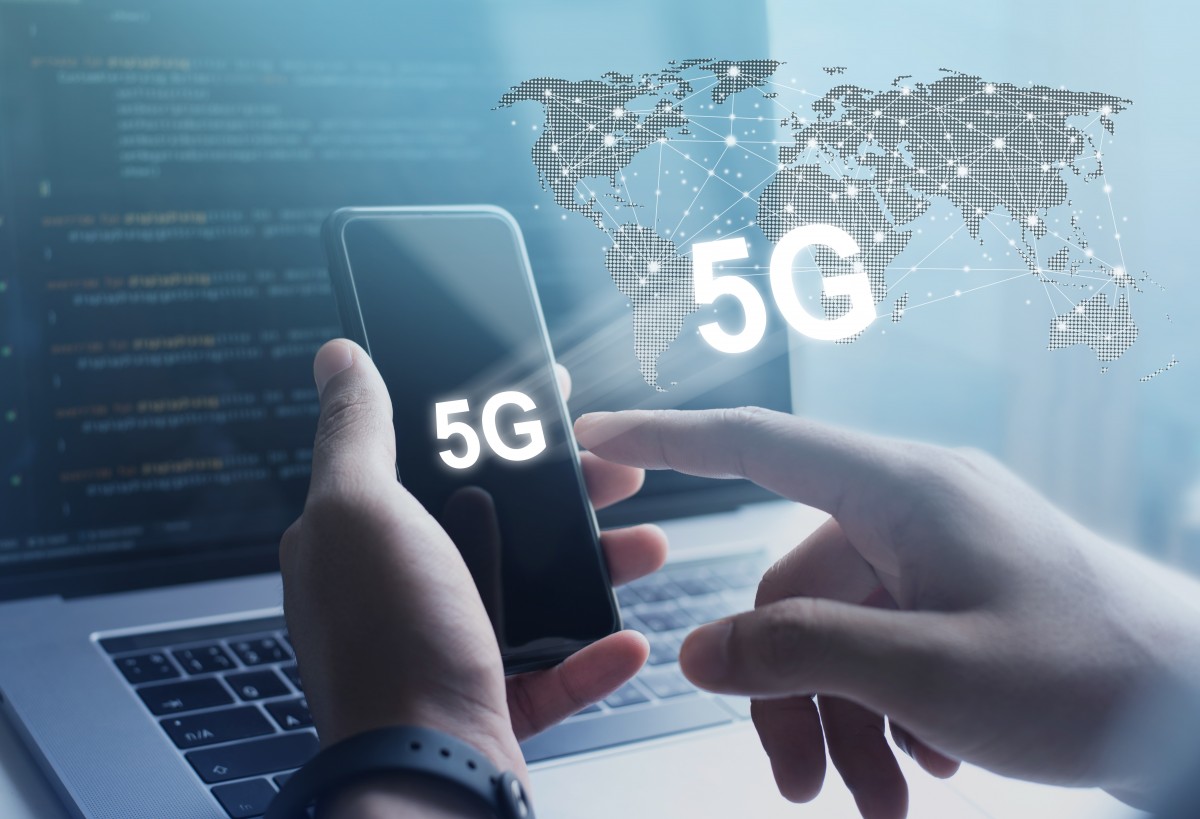New technology has always brought about tremendous change in how we live, work and play. That said, it’s unlikely we’ve seen anything like what 5G will enable.
5G will accelerate the pace of change, with truly transformative potential. And when we talk about transformation, we’re talking about the Fourth Industrial Revolution, where those organisations that are best able to take advantage will be best placed to succeed.
When we think about earlier industrial revolutions, they were generally centred on breakthroughs in “general-purpose technologies” – innovations that served as catalysts for future innovations. The First Industrial Revolution gave us foundations for modern industrial society, such as the steam engine. The Second Industrial Revolution took those foundations and built out networked functions like electricity. The Third Industrial Revolution gave us the digital-sharing economy, which was made possible by the rise of the personal computer.
The Fourth Industrial Revolution is different. And it’s already here.
Klaus Schwab, Founder and Executive Chairman of the World Economic Forum, describes the Fourth Industrial Revolution as being “characterised by a fusion of technologies that is blurring the lines between the physical, digital and biological spheres.” It will happen at an exponential pace and the new technologies introduced will act as a connected platform on which innovation, creativity and entirely new industries will form, changing the way people think, learn and process information.
Already we live in a connected world. Gartner says that by 2020, 20 billion devices will be connected. The Fourth Industrial Revolution takes digital connectivity to a whole new level, which will enable people, businesses and communities to do some amazing things.
5G is expected to deliver faster speeds, carry massive amounts of data and connect millions of devices for large numbers of simultaneous users. The extreme low latency could eventually be less than 10 milliseconds. Just to put that into context, the average human eye blinks at a speed of between 300 to 400 milliseconds. All kinds of new applications become possible once you reach these super low latency levels. Real-time augmented reality/virtual reality (AR/VR), autonomous vehicles, volumetric capture and projection together with many other emerging technologies and those we have yet to imagine suddenly have the potential to become a commercial reality.
This means we are reaching a new transformational point in time where disruptive technologies are set to transform the future of work.
We have opened five 5G Labs in the US, where we partner with universities, start-ups and established companies to co-create 5G concepts and trial them on live 5G. We explore ideas that will benefit from 5G's differentiators. Just like you couldn’t imagine apps like Uber and Netflix at the launch of 4G, 5G will enable new apps and workplace experiences people haven’t even dreamed of yet.
5G is now reality
In Europe, the 5G debate is quickly moving from the theoretical to the practical – and the same is happening in countries all around the world. This is interesting, as practically it means thinking about what people will actually be able to do with 5G in the real world. Pre-launch, the talk tends to be all about speeds and feeds. Once things go live, you have to talk about what those speeds and feeds mean for consumers and for businesses.
In the EU, targets like the ‘5G for Europe Action Plan’ aim to provide high-speed connectivity for all by the end of this decade. While capital cities and the largest urban centres are moving forward on roll-outs, out of town industrial centres, as well as rural areas are lagging behind. Uneven distribution of network infrastructure will obviously inhibit societal and industrial progress. It will slow the development and deployment of 5G-enabled solutions – whether next-generation education, healthcare or public service provision. If you were one of those still operating telex when the rest of the world moved to fax, then email, you will start to visualise some of the challenges and limitations of being stuck with yesterday’s technology.
This idea of connectivity as a liberating and empowering force for human beings is the vision that should guide all of us. Innovation comes from diversity of thought. That’s why it’s essential to give all of us the opportunity to think a little differently and consider different perspectives. That’s what is required to build our future, together.
Every executive must be prepared to capitalise on the change that the Fourth Industrial Revolution brings. For all of us, it’s a question of looking at how our businesses can be a force for good.





